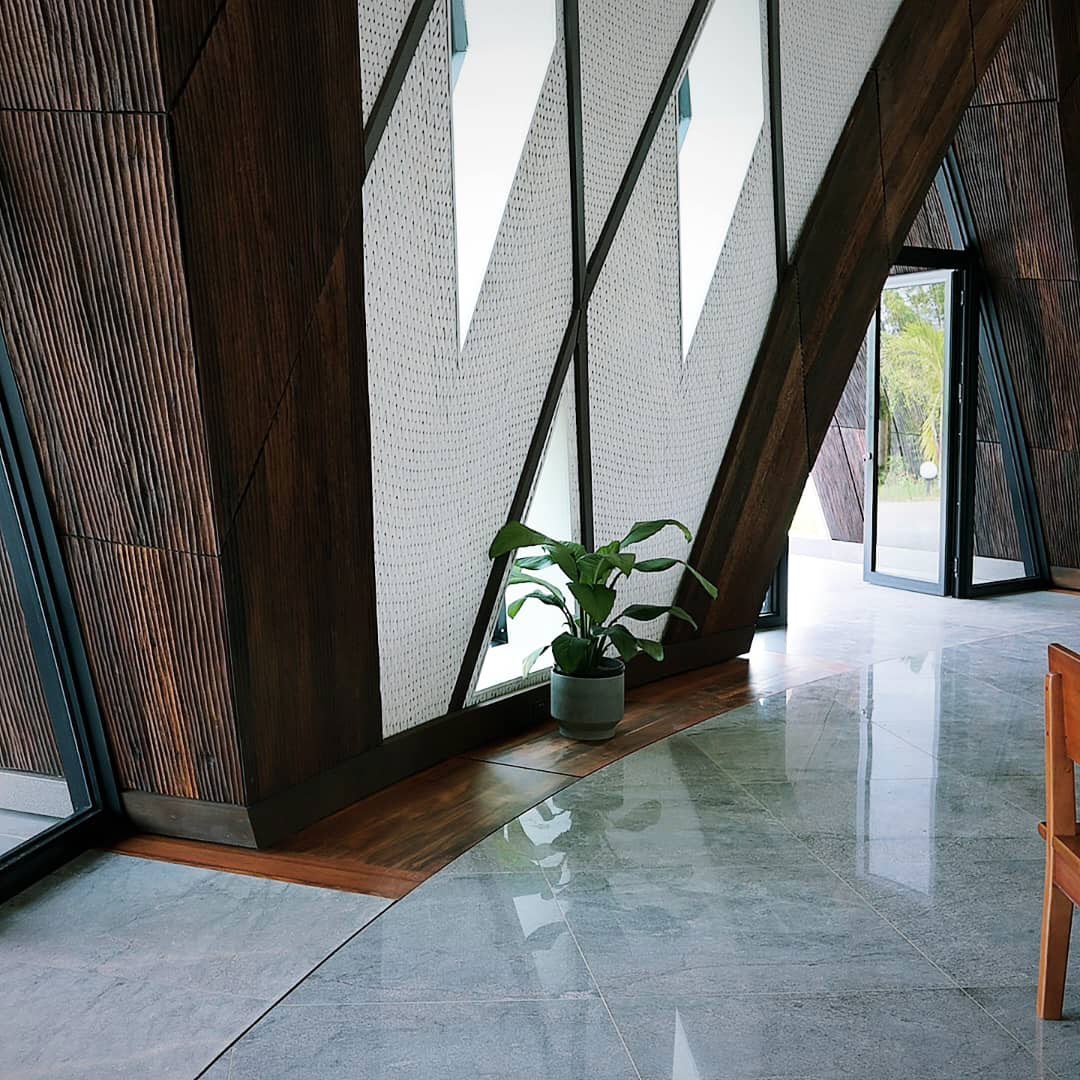Bahá'í House of Worship
The Baháʼí House of Worship in Papua New Guinea (PNG) is one of fourteen Baháʼí Faith Houses of Worship worldwide.
Each building has a unique architectural design, yet they share common features determined by scripture, such as a round or circular form, a central dome or parabolic atrium above the congregation area, nine entrances, nine pathways and nine gardens. The PNG House of Worship follows these design principles, with a dome that reflects the traditional weaving heritage of the PNG people.
CLIENT
National Bahá'í House of Worship of Papua New Guinea
LOCATION
Papua New Guinea
COMPLETED
2024
PHOTOS
Courtesy of Baháʼí World News Service and Saeed Granfar
Our Scope
MDA became involved in the project after identifying significant acoustic concerns at the Samoa Bahá’i House of Worship, which led to our engagement on the PNG project. The acoustic design of the project was crucial to ensure clear speech intelligibility while preserving the sense of worship and supporting choral singing. This was achieved through collaboration with the architect, understanding the cultural context, developing specialised acoustic parametric tools, and adopting a highly visual communication approach. During the design process, MDA recommended a combination of absorptive and diffusive treatments. A culturally resonant solution was developed: woven aluminium panels, custom-made on site, were used for the temple’s internal shell and as part of the exterior design.
CHALLENGES
The large dome posed significant acoustic challenges, with a higher risk of unwanted effects such as whispering gallery effect and sound focusing. To address this, MDA developed a real-time parametric tool in Rhino/Grasshopper to analyse the sound reflections from the dome shape, along with amplification/attenuation of the reflections and delay. This allowed for real-time adjustments to ensure optimal sound distribution and control of acoustic anomalies. The analysis identified areas that were initially considered problematic, but ultimately found to produce weak reflections that would integrate well with other reflections.
















